HPV Awareness: Digital and Quick Participant Recruitment
Created: 09.29.2025
Situation
The HPV Awareness Study set out to generate much-needed data on the knowledge and acceptance of HPV vaccination among men who have sex with men (MSM) in Germany. This population is disproportionately affected by HPV-related diseases, yet they remain underserved in the national vaccination strategy. Understanding their awareness and willingness to vaccinate was therefore crucial. As the digital research partner, Alcedis was responsible for ensuring robust data handling and validation, processing and storing all data in our electronic Case Report Form (eCRF) database, as well as designing and executing an effective recruitment strategy within a short timeframe.
Goal
Our objective was clear: enable the enrollment of 1,000 participants across Germany within eight months. To achieve this, we needed to create a frictionless digital study journey, ensuring that participants could be easily identified, informed, and engaged—without the typical barriers of complex study enrollment processes.
Challenge
Recruiting within the MSM population presented unique challenges. Firstly, awareness of HPV and its vaccine within this group was uncertain, despite the high medical relevance. Secondly, the inclusion criteria were strict, requiring participants to be insured with a German health insurance provider, to fall within a narrow age range (18–45 years), and to have permanent residence in Germany for at least three years. Lastly, building trust with a community that often faces stigma in healthcare settings required sensitive and thoughtful communication.
Solutions
To meet these challenges, Alcedis designed a recruitment strategy built on three pillars:
-
Pre-screened site selectionWe carefully identified and partnered with ten practices across Germany, focusing on clinics specializing in men’s health, HIV, PrEP services, and sexually transmitted infections. These sites had proven patient access and a strong track record of high recruitment potential.
-
Digital-first recruitmentA fully digital enrollment process was established to minimize barriers. Patients could be invited directly during their routine visits, register online, and immediately complete surveys. This streamlined approach removed unnecessary paperwork and time-consuming steps, making participation straightforward and efficient.
-
Motivation through incentivesTo further encourage engagement, participants who completed all study tasks received a €15 voucher. This small but tangible reward helped sustain motivation and ensured a high completion rate.
Results
The strategy proved highly effective. Within only eight months, we successfully recruited 1,000 participants across the ten selected sites—exactly on target. The combination of trusted clinical partners, a seamless digital platform, and participant incentives enabled us to achieve both speed and quality in recruitment. The digital approach also allowed for immediate survey completion, reducing data delays and providing researchers with a near real-time view of participant input.
Conclusion
The recruitment success in the HPV Awareness Study demonstrates how targeted site selection and digital solutions can transform the patient journey. By combining thoughtful outreach with a simplified enrollment process, Alcedis was able to overcome the challenges of recruiting a high-risk but underserved population. This approach not only delivered the required study population but also built a replicable model for future studies involving sensitive cohorts and hard-to-reach groups.

